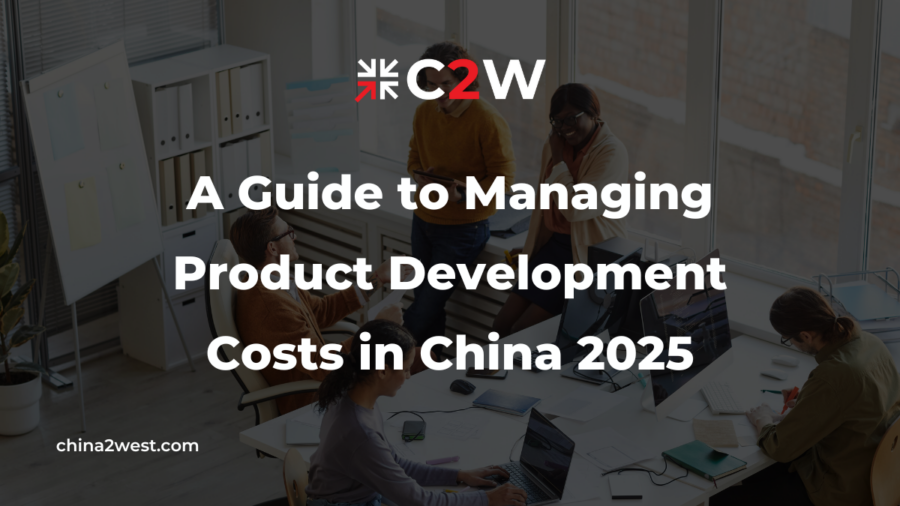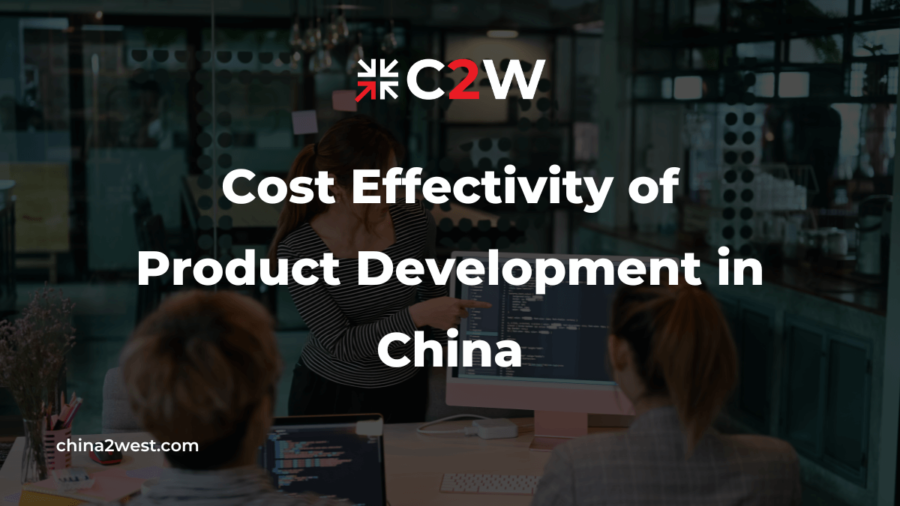Managing product development costs is essential for companies aiming to stay competitive in today’s rapidly evolving markets. China, a global hub for manufacturing and product development, presents unique challenges and opportunities for businesses. With the right strategies, businesses can significantly reduce their costs without sacrificing quality or innovation.
In this blog, we’ll explore effective strategies to manage product development costs in China, examining factors like outsourcing, materials, hidden expenses, and avoiding cost overruns.
Can Outsourcing Reduce Product Development Costs?
Outsourcing has long been a popular strategy for companies looking to reduce product development costs. By outsourcing various stages of development, such as design, prototyping, or manufacturing, businesses can tap into lower labor costs and specialized expertise that may be unavailable in their home countries.
China, with its robust supply chain and vast network of skilled labor, has become a go-to destination for businesses to outsource product development. By leveraging the expertise of local professionals, companies can avoid the high costs associated with hiring in-house teams, especially in areas such as research and development (R&D).
Outsourcing also provides flexibility—allowing businesses to scale their operations according to demand and make adjustments without significant financial strain. However, it’s important to carefully evaluate potential outsourcing partners to ensure they meet your quality standards and align with your business goals.
How Do Materials Impact Product Development Budgets?
To effectively manage material costs, it’s essential to work with reliable suppliers and keep a close eye on market trends. Additionally, sourcing locally can help reduce shipping costs and minimize potential delays.
The key is to strike a balance between using high-quality materials and staying within budget constraints. In many cases, opting for alternative materials or negotiating better prices with suppliers can lead to substantial savings.
However, cutting corners on materials should be approached with caution, as poor-quality materials can compromise the product’s performance and durability, ultimately leading to higher costs in the long run due to the need for repairs, replacements, or customer dissatisfaction.
What Are Hidden Costs in Product Development?
Product development involves many stages, and it’s easy to overlook certain costs that can add up over time. These hidden costs are often not immediately apparent but can have a significant impact on the overall budget.
Some common hidden costs include:
- Design Revisions: Iterations and changes in design can lead to unplanned expenses, especially if multiple rounds of adjustments are needed.
- Shipping and Logistics: Shipping costs, customs duties, and taxes can often exceed initial estimates. Delays in shipping can also lead to missed deadlines and potential penalties.
- Regulatory Compliance: In China, navigating the regulatory landscape can be complex. Ensuring that products meet local and international standards requires investment in testing, certification, and documentation.
- Quality Control: Implementing robust quality control processes may seem like an additional expense, but the cost of poor-quality products, recalls, or damage to your reputation far outweighs the investment in quality assurance.
Being mindful of these hidden costs and planning for them in advance can help prevent unexpected budget overruns and ensure a smoother product development process.
How Can Cost Overruns Be Avoided?
Cost overruns are one of the most common challenges in product development. To avoid them, it’s crucial to have a well-defined strategy and clear communication between all stakeholders involved.
One of the best ways to minimize cost overruns is by setting realistic budgets and timelines from the start. This requires a deep understanding of all the stages involved in product development and their associated costs. Work closely with your suppliers, manufacturers, and partners to get accurate estimates, and ensure that all parties are aligned on expectations.
Additionally, maintaining flexibility and allowing for contingencies in your budget can provide a cushion if unexpected issues arise. However, it’s essential to avoid excessive overestimation, as this could lead to unnecessary waste or inefficient use of resources.
Regularly monitoring and reviewing the progress of the project will also help you spot potential issues early on. Staying on top of expenses and assessing whether costs are tracking within the original budget allows you to make timely adjustments, preventing costly surprises later on.
Stop Overpaying for Product Development
Managing product development costs is a continuous process that requires careful planning, clear communication, and strategic decision-making. By outsourcing where appropriate, managing material costs, and avoiding hidden fees, companies can reduce their expenses without compromising the quality or innovation of their products.
For assistance with managing product development costs in China or to discuss your specific needs, contact us today. Our product development team at China 2 West is here to help you streamline your process and ensure your success. Since our establishment in 2005, we have proudly stood as a beacon of reliability and expertise in the field of industrial design and product development. As a British-owned and managed company, we bring a unique blend of international standards and local market understanding to our operations. Over the years, we have honed our skills and expanded our network to ensure that we provide our clients with the best possible solutions.


